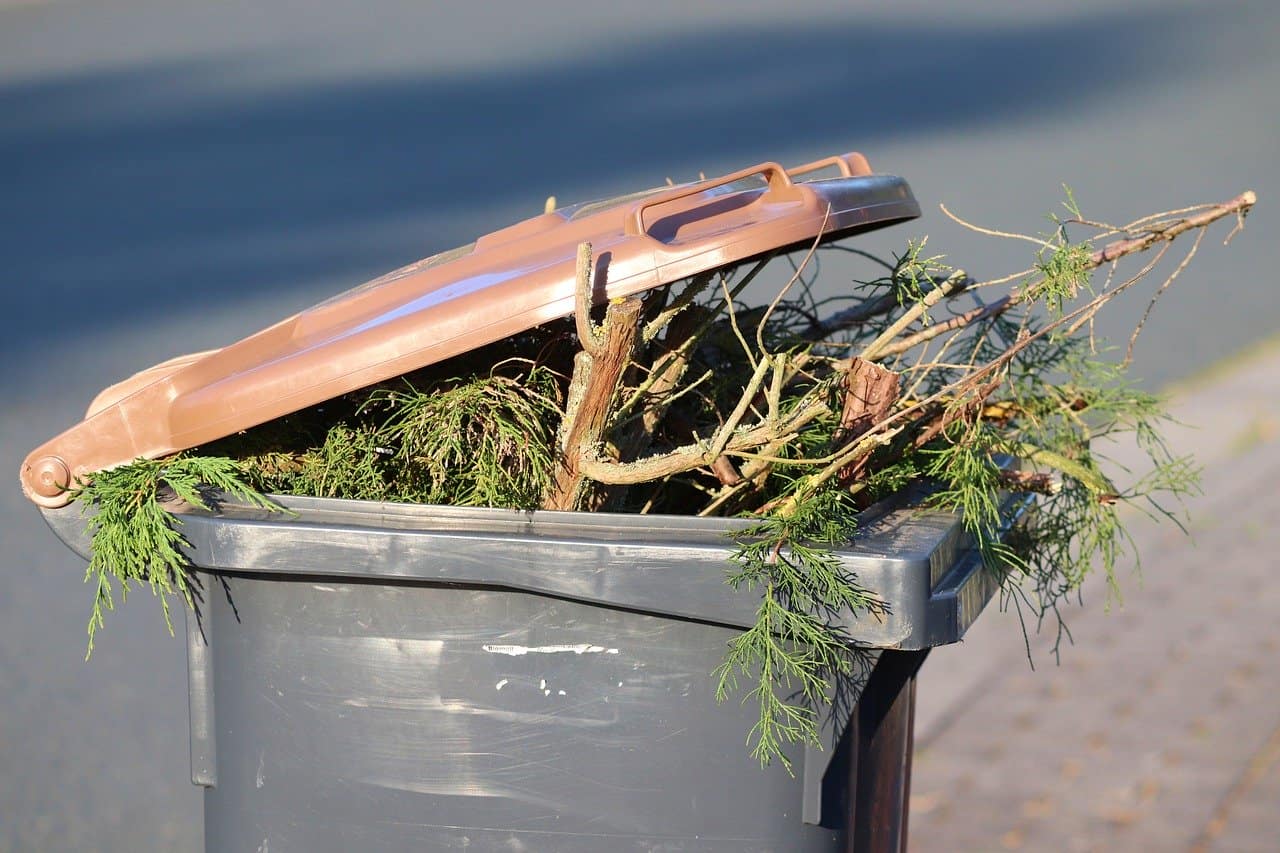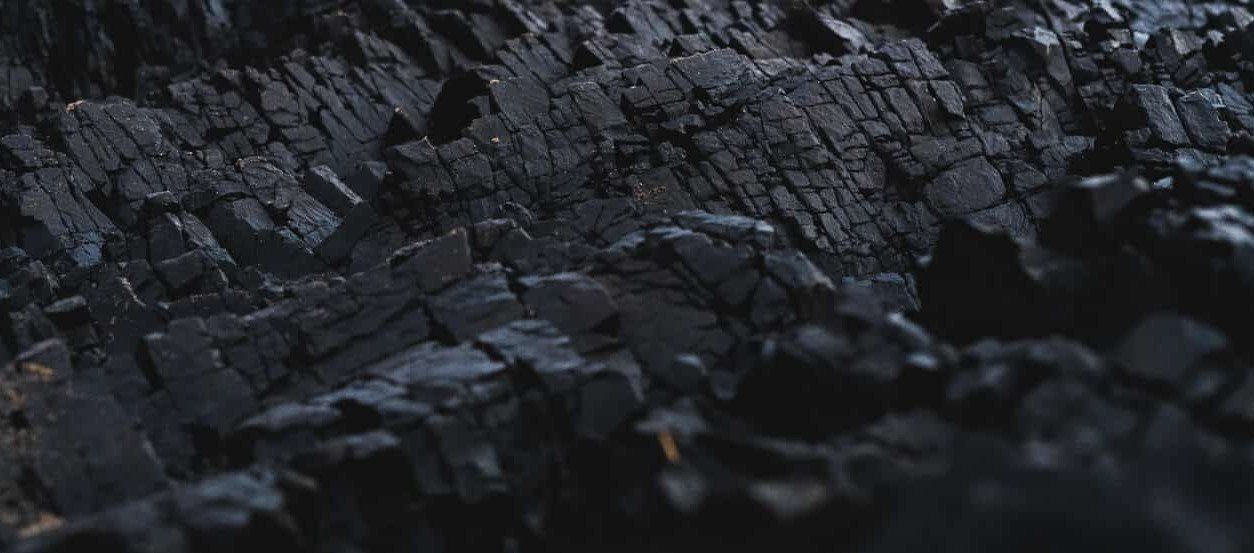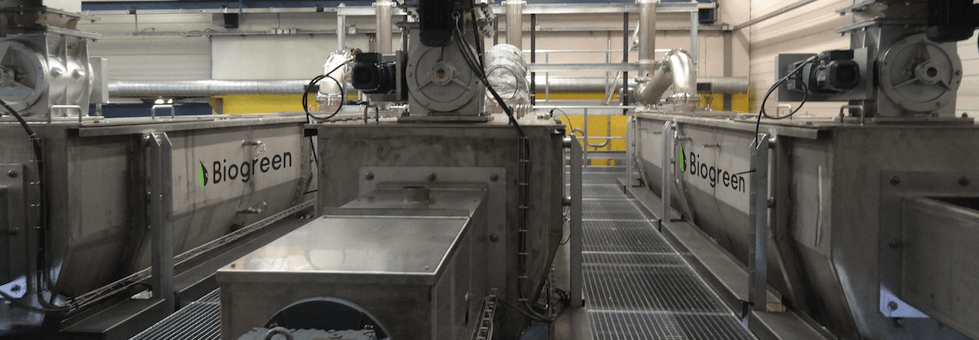How to valorise garden waste
In the times of climate emergency, money grow on trees. Urban trees.
Twigs, branches, and logs from gardens are usually seen as a secondary energy resource. However, with modern technology it is possible to valorize it into biochar and energy, to support the circular economy and become CO2 negative.
What is garden waste?
Garden waste, also called yard waste, is a biogenic type of waste collected during the municipal garden maintenance activities, such as trimming, pruning, cleaning of the green plots, and cultivated grounds. It often consists of twigs, sticks, clippings, and multiple organic products. Its composition can differ importantly depending on the season, method of the collection, as well as location. Since it contains a significant amount of organic matter, its sustainable management is becoming increasingly important.
With climate change awareness gaining the right attention all over the world, municipalities are searching for new methods of dealing with the garden wastes, that will not only allow its safe disposal but also create a strong environmental and economic impact. For that purpose, Garden waste is a unique and abundant form of feedstock collected in almost every municipality. But that doesn’t mean it has no value – quite on the contrary.
Pyrolysis of garden waste
Biogreen technology is made to challenge the casual take and dispose of economy model where the waste is left aside for further generations. What others see as an unwanted residue, we consider a source of value. The pyrolysis process of garden waste is made to create useful products from discarded residues and create the circularity in the local communities.
Thanks to its concept, Biogreen compact pyrolysis solution enables to turn the garden waste into useful bio-commodities and energy. The core of the pyrolysis process is the Spirajoule, an electronically controlled, hollow shaft screw conveyor transporting the feedstock through the process and heating up the product. The output quality biochar and calorific syngas that can produce steam and heat to district heating. The Biogreen solution is a compact unit that enables managing the garden waste right at the place of its generation while minimizing the carbon footprint related to transportation.
Typical standardized Biogreen garden waste solution can valorize approx. 7 000 tons of garden waste annually, producing 1500 tons of biochar, an agronomic improvement product, which can be returned into the municipality and create an example of a circular economy in the region.
Such a solution enables not only to recycle the waste and create a great example of circularity in the region but also creates an important value to the business of waste managers and waste collectors who are dealing with the garden residues. Thanks to that, our customers focus on fulfilling their sustainability strategy but also generating a profit for their business.
Paving the way to the carbon-neutral economy
Today there are numerous technologies to reduce our carbon footprint or even make us carbon neutral. The Biogreen process takes it one step further – it is carbon negative. When biomass is deteriorating or burned, a significant quantity of carbon dioxide is released into the atmosphere and contributes to the negative climate impacts. This could be avoided when producing biochar instead. Biochar becomes one of the best solutions for carbon sequestration. Biochar is mainly used in agriculture to enhance soil fertility, improve plant growth, and provide crop nutrition.
A parallel product of the Biogreen process for garden waste is syngas, an energy-rich gas that can be used to produce steam for the grid or surrounding. Generated synthetic gas leaving the Biogreen reactor is a hot mixture of condensable and non-condensable phases. Syngas from pyrolysis is a combustible gas and can be used for the production of power in many types of equipment, from steam cycles through gas engines and turbines. Syngas can also be used as a carbon-neutral substitute for natural gas.
Getting started: feedstock characteristics
Setting up the process for biochar from garden waste designing process starts with the choice of the right feedstock for the process. During this stage, a key characteristic of the feedstock for garden waste are investigated, such as:
- Carbon content, which represents the amount carbon available that will be eventually transferred to the biocoal (fixed carbon) or released into syngas
- Volatile matter, which represents the part of biomass that will be released during the pyrolysis and carbonisation process
- Fixed carbon, demonstrating the carbon that will be directly represented in the biocoal produced
- Ash content, which describes the mineral residue that is expected to be found in solid product. Higher ash contents in raw material (feedstock) will result in the increase of the ash content of biocoal and optimum ash content in feedstock is needed to control the burning process of the biocoal
- Calorific value, that will determine the amount of energy released during the biocoal production and determine the full plant configuration and target business model, often allowing to benefit thanks to the additional heat and power production
- Moisture content – higher contents may increase the production cost due to more energy demand to evaporate the water content in the process of biomass conversion. Regulating the moisture content is therefore key for the optimum production. Since the moisture content will impact the efficiency and costs of the operation, it is important to maintain relatively low moisture contents at the inlet to the Biogreen biocoal production kiln. Optimum moisture content for the production varies from 5% to 15%. The energy released during the Biogreen operation in form of syngas can be an excellent source of the heat for drying and normalizing the moisture before the biocoal production process.
- Bulk density, where higher bulk densities will promote increase of the Biogreen system throughput and can result in better durability of the final products, as well as decrease the cost related to the further transportation.
- Particle size, where smaller particle sizes will likely improve the homogeneity of the product. Since the particle size of the feedstock will impact the quality of the final product and its homogeneity, it is recommended to maintain the particle size of the biomass within the range below 10 mm.
Mastering the production
Quality biochar production from garden waste is related to both, adequate feedstock characteristics as well as the precise operating temperature control.
Fossil-free biocoal production process
As a leader in the pyrolysis process, we provide a system that allows continuous, repeatable production of solid fuels. Biogreen is designed based on the electrically heated screw conveyor, which offers one of its kind fossil-free biocoal production process, where the operating parameters such as temperature and residence time are precisely monitored. Thanks to these features, you can target specific biocoal parameters and adjust the end product according to your target market demand, while keeping the stable production output over time.
More than just the biochar
We realize that establishing an attractive business model often requires diversification of income streams from the plant. This is why our Biogreen system is not only fully customized but also provides a possibility of using the additional energy stream from production (syngas) in order to convert it into power. Thanks to this opportunity, the biochar production plant can be simultaneously used to generate hot water or steam for the local production process, or produce heat to economize the garden waste drying.





